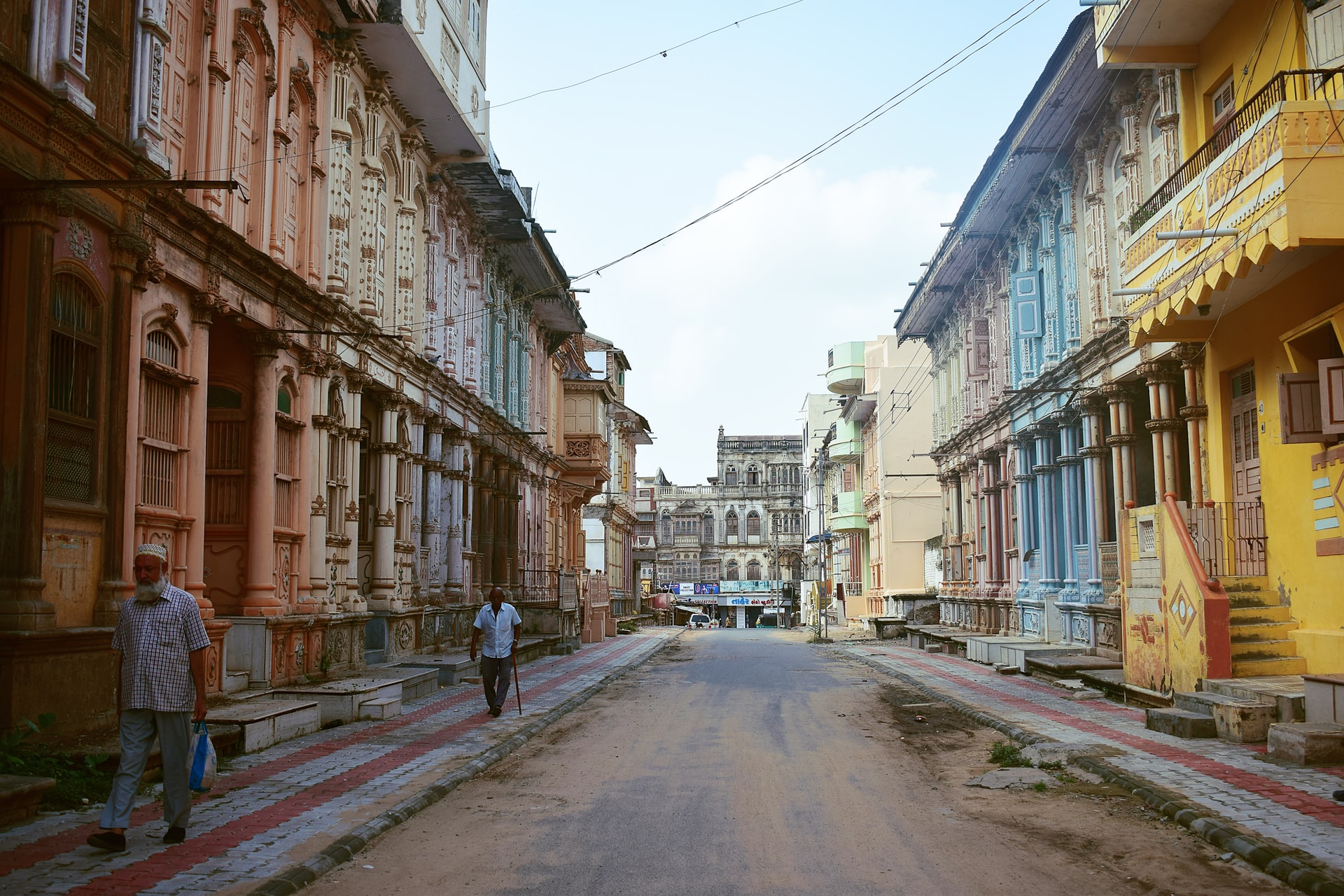— Kahkashan Gulberg
The lock-down which is enforced to curb the spread of Corona virus in the country has, rather inadvertently, ushered a few positives. With the vehicle bans in the cities, the air quality index has improved manifold given the nature is getting enough time to heal.
Those people who are often blamed for not giving enough time for the families are spending quality time with them. People are becoming self-conscious about cleanliness and hygiene. Some of them are busy reconnecting with their old passions and hobbies, doing some online courses, cleaning up their household and cooking special dishes for families.
Notwithstanding some of these positive developments, it has rendered lacks of people unemployed and stranded at various nooks and corners of the country. There are many daily wage earners who are famishing and have been forced to walk miles to reach their respective native places. Ironically some immature and carefree youngsters are breaking the safety lock for fun and merriment.
And the reason for all these “order and chaos” is the 150-160 nm sized, single stranded RNA virus with genome size of about 30kb incorporating 15 genes. Severe acute respiratory syndrome corona virus 2 (SARS-CoV-2) is the cause of COVID-19 which is declared as a pandemic by World Health Organization (WHO) and is spreading very rapidly. Corona viruses (CoVs) are the largest known RNA viruses which can be further divided into four genera, alpha-CoVs, beta-CoVs, gamma-CoVs and delta-CoVs. The recently found Corona virus, SARS-CoV-2, belongs to beta-CoVs.
The most affected organ of the COVID-19 patients are the lungs which contains type-II alveolar cells. These cells are highly rich in Angiotensin converting enzyme 2 (ACE2) which are present on the cell surface. The spike (S) glycoproteins present on the surface of the SARS-CoV-2 binds with ACE2 enzymes and enter the host cell. During severe infection the respiratory tract becomes inflamed leading to reduced intake of oxygen and breathing out of carbon dioxide; the condition of severe pneumonia.
Ventilators are used to maintain enough oxygen requirement of the body until the lungs are normal again. In some cases, tenacious hold of pneumonia leads to death of the patient. Apart from lungs, gastrointestinal tracts are also rich in ACE2 enzymes and thus, get infected as is evident from the faeces of the SARS-CoV-2 infected person.
According to WHO, about 80% of people infected with SARS-CoV-2 recover without any special medical treatment. The mortality rate for the infected person remains 1% to 2% globally. As of now there is no vaccine or specific treatment for COVID-19, but the researchers all around the globe are busy in developing one at breakneck speed.
Even if we get one sooner, the vaccine or the drug will have to go through different phases of clinical trial before coming to market and this may not be in the near future. Drug repositioning is on the fast track, which means old drugs that are already approved and in the market for treating other medical conditions are being researched for the treatment of COVID-19.
This will significantly reduce the cost and the time of developing new drugs. Various combinations of different existing antibiotics and anti-viral drugs like Chloroquine, Hyrdoxy chloroquine, Favipiravir, Remdesivir, Ribavirin, etc are being debated for the treatment of COVID-19.





